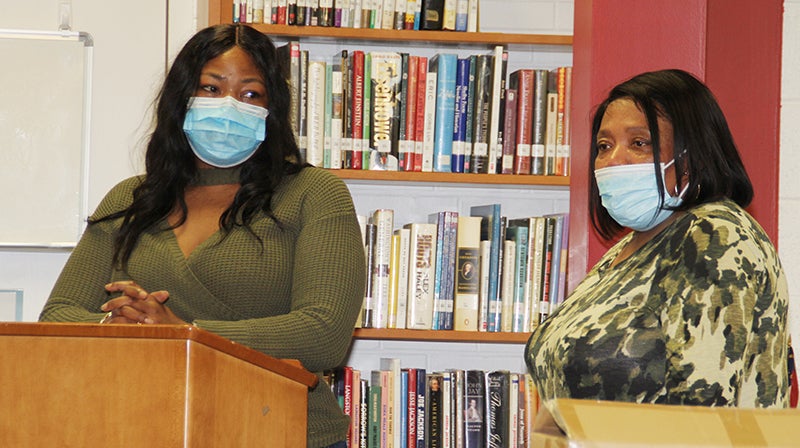PPE funding varies by school district
Published 8:43 am Tuesday, March 3, 2015
A recent study by the John Locke Foundation has revealed even though public school districts in the Roanoke-Chowan area are experiencing declining enrollment, their per pupil expenditures (PPE) are on the rise.
By Dr. Terry Stoops, Director of Education Studies at the Foundation, broke down each of the state’s school districts in their PPE funding between the academic years of 2012-13 and 2013-14.
“Last year, one North Carolina school district lost nearly $985 a student. Another district added over $825 a student. Welcome to the weird and wacky world of education funding,” Stoops exclaimed.
According to the N.C. Department of Public Instruction, the state increased its average expenditure by around $200 a student for the 2014-2015 school year.
“At this time next year we will be able to assess changes to local and federal funding for the current year. Until then, it may be worthwhile to examine spending trends through 2013-2014,” Stoops said.
In terms of per-student operating expenditures, state sources provide the highest percentage of funds. Nearly 64 percent came from state sources last year, which is one of the highest shares from state sources in the nation. Local governments contributed another 25 percent of per-student funding. The federal government share approached 12 percent.
Locally, the John Locke Foundation’s study noted that all but one R-C area school system showed an increase in PPE.
Between the academic years as noted earlier in this article, Bertie County gained $826.56 per student ($10,574.23 to $11,402.79). Over the same time period, Bertie Public Schools saw its ADM (Average Daily Membership; enrollment) fall by 18 students.
Hertford County Public Schools gained $113.76 ($10,865.02 to $10,078.78). The ADM slightly increased by five students from 2012-14.
Northampton County Public Schools noted an ADM decline of 75 students over that time frame, but gained an additional $219.61 per student ($12,101.59 to $12,321.20).
Gates County’s numbers decreased on both fronts – losing 68 students from its ADM while seeing its PPE funding fall by $213.64 ($11,199.57 to $10,985.93).
Other public school districts in the local area experienced a mix of PPE gains and losses: Camden (-$21.85); Edenton-Chowan (+245.28); Edgecombe (+$435.75); Halifax County (-$485.77); Roanoke Rapids City (+$83.21); Weldon City (-$600.60); Martin (+$195.96); Pasquotank (-$109.62); Perquimans (-$150.37); and Washington (+597.40).
Stoops pointed out that any number of factors may reduce or increase a district’s per-student expenditure.
“Obviously, state, federal, and local appropriations are key, but changes in student demographics or population also play an important role,” he said. “State and federal budgets, in particular, have formulas that direct funds to low-income, special needs, and other targeted populations. Moreover, changes in the numbers of students enrolled may reconfigure the distribution of funds across districts. As such, it is disingenuous (and far too common) to credit or blame one funding source or one demographic factor for any funding changes. It is best to consider the changes on a case-by-case basis.”
For example, Stoops said while North Carolina’s student population has grown, federal funding has not. Between 2011-2012 and 2013-2014, federal K-12 education expenditures dropped by around $250 million. As a result, approximately 70 percent of North Carolina school districts received less federal funding last year than they had in prior years. Anson County Schools lost a staggering $605 per student in federal funding during the 2013-2014 school year. On the other hand, Thomasville City Schools enjoyed a $472 per student boost in federal funds. Both districts lost a small number of students and received nearly the same state appropriation from one year to the next. One difference is that the cut to Anson’s local appropriation was small compared to Thomasville City’s.
“Discussions of funding levels are necessary, but not sufficient, for truly understanding the health of our public school districts,” Stoops said. “Researchers generally agree that how the money is spent is far more important than how much money is available to be spent. Whether you call it “return on investment,” “educational productivity,” or “bang for the buck,” an assessment of the relationship between educational inputs and outputs is an essential starting point for good K-12 education policy.”



